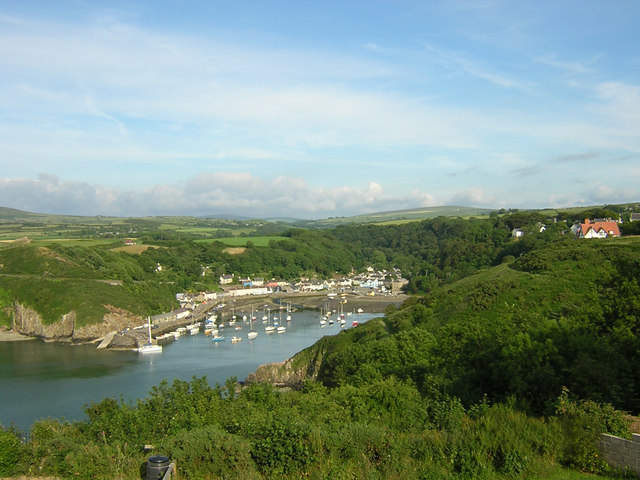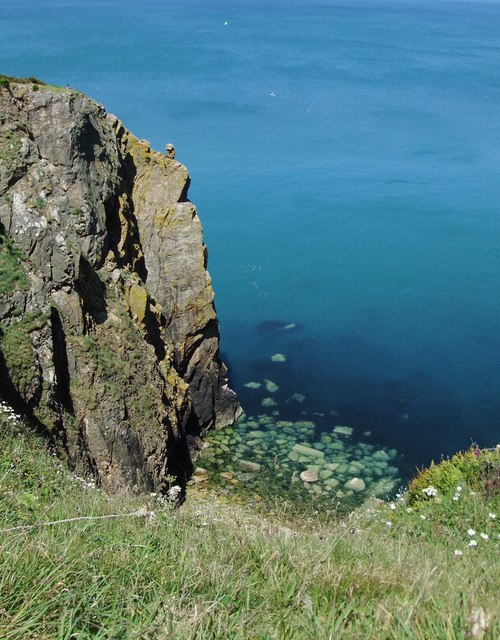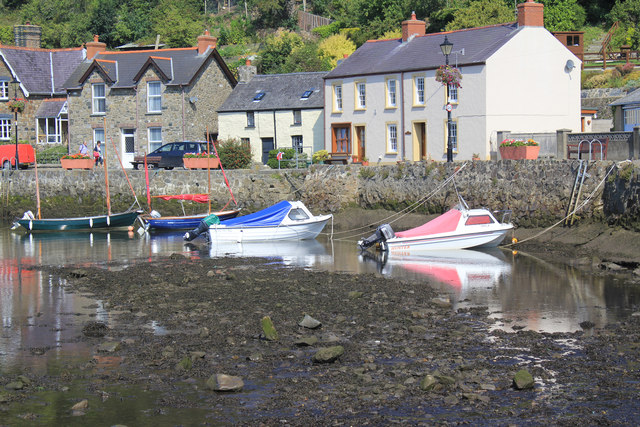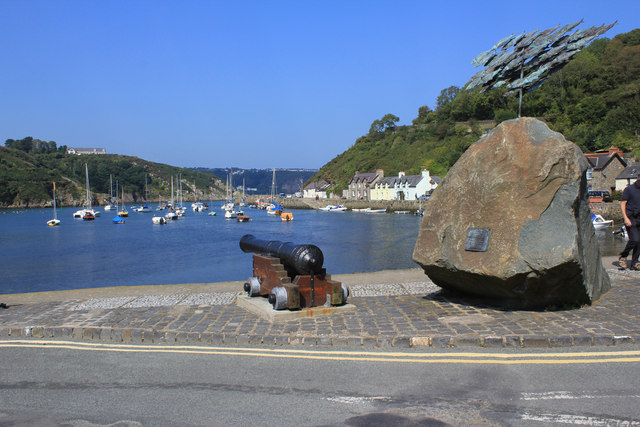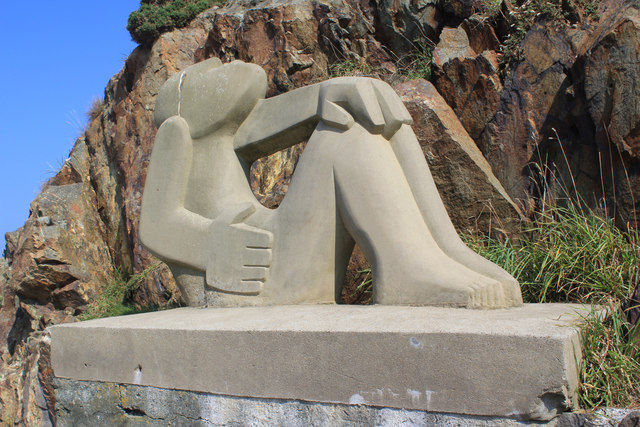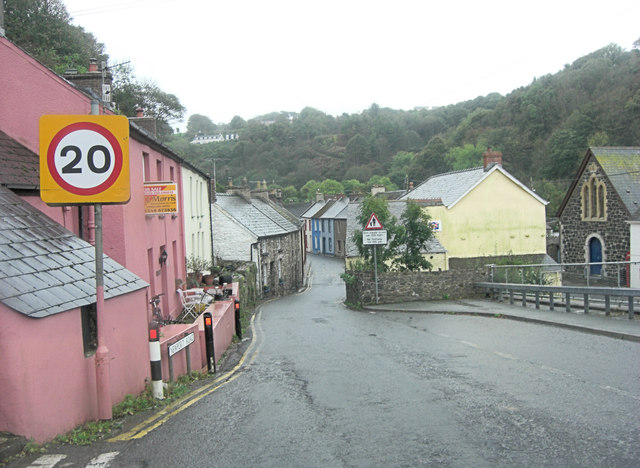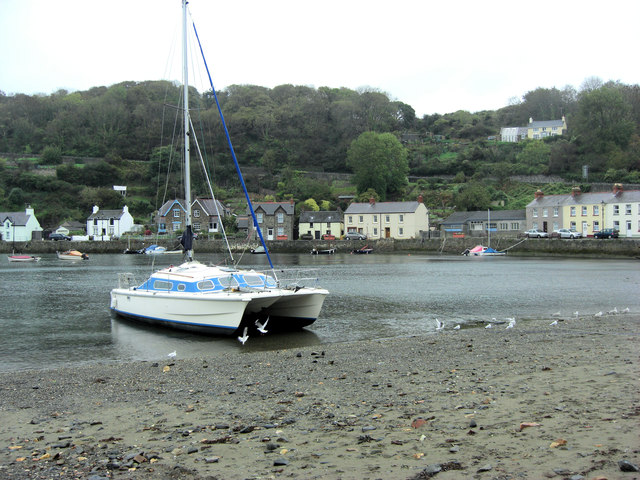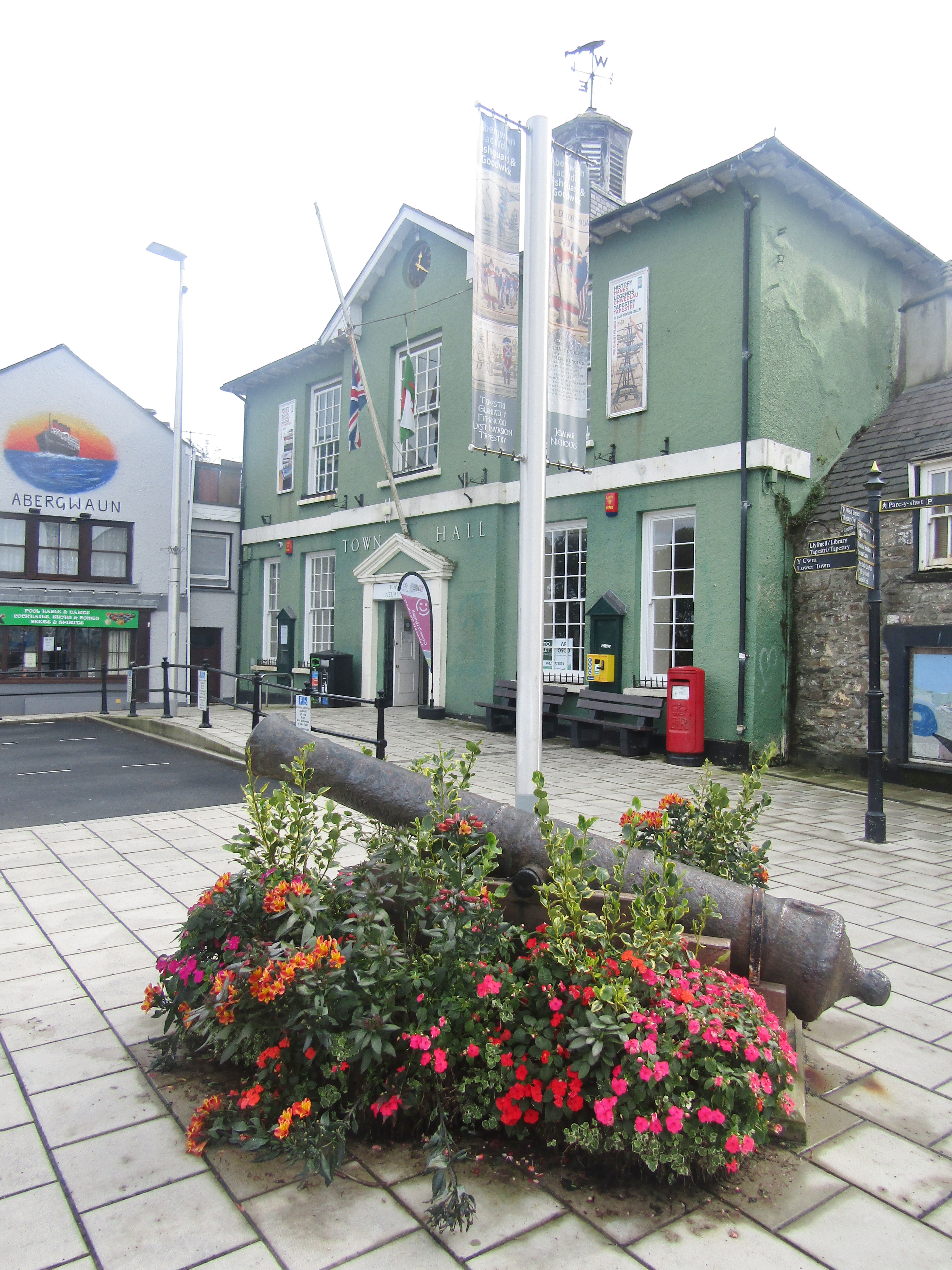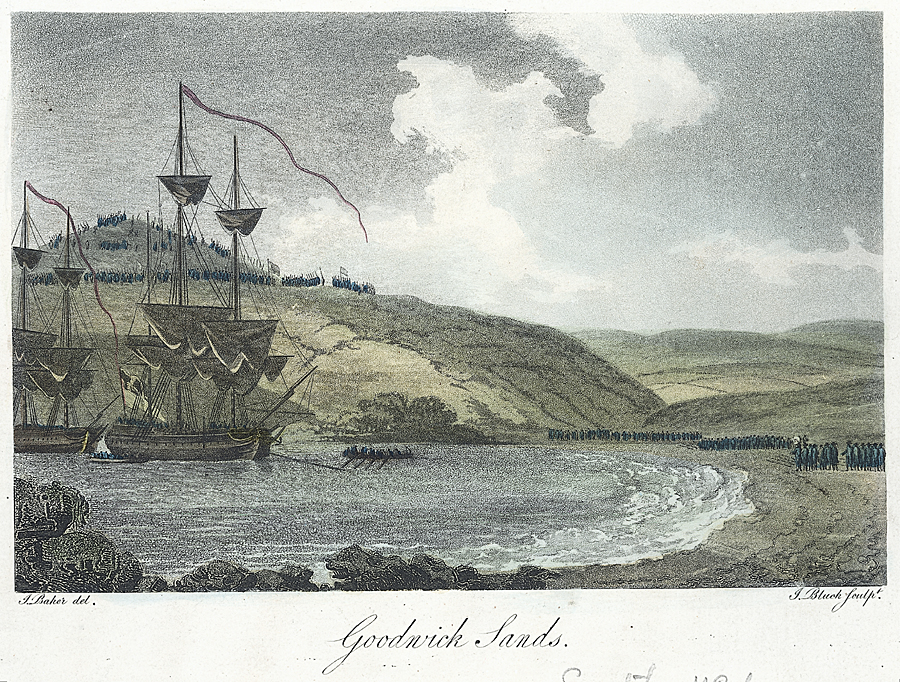Pwell Edyn
Sea, Estuary, Creek in Pembrokeshire
Wales
Pwell Edyn
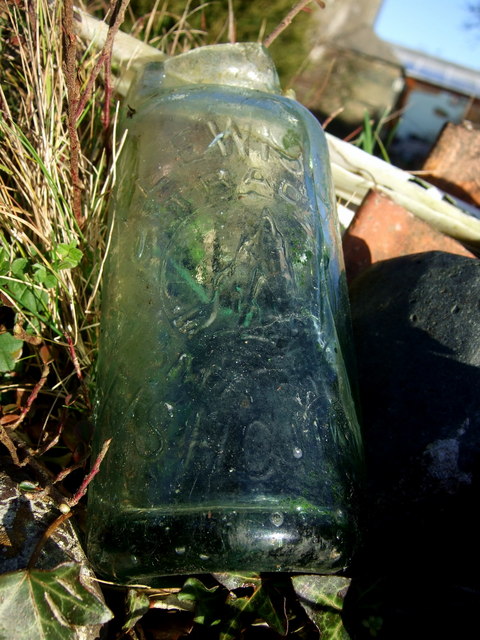
Pwell Edyn is a picturesque coastal village located in Pembrokeshire, Wales. Situated along the stunning Welsh coastline, it is renowned for its beautiful sea, estuary, and creek, making it a popular destination for nature lovers and outdoor enthusiasts.
The village is nestled between rolling hills and offers breathtaking views of the sea, with its crystal-clear waters and golden sandy beaches. The coastline boasts rugged cliffs and hidden coves, providing a tranquil and idyllic setting for visitors to explore and enjoy.
Pwell Edyn is also known for its estuary and creek, which add to the village's natural beauty. The estuary is formed where a river meets the sea, creating a unique habitat for various species of birds, fish, and other marine life. Visitors can witness the tides ebb and flow, unveiling a mesmerizing landscape that changes with the seasons.
For those seeking outdoor activities, Pwell Edyn offers a wealth of options. The sea and estuary are perfect for swimming, kayaking, and paddleboarding, while the creek provides opportunities for fishing and boating. The village is also surrounded by scenic walking trails, allowing visitors to immerse themselves in the stunning coastal scenery.
In addition to its natural wonders, Pwell Edyn offers a range of amenities for visitors. There are charming cafes, restaurants, and pubs where visitors can indulge in delicious local cuisine and relax after a day of exploring. The village also has a vibrant arts and crafts scene, with galleries and workshops showcasing the work of local artists.
Overall, Pwell Edyn is a captivating destination that offers a blend of natural beauty, outdoor activities, and cultural experiences, making it a must-visit location for those seeking a peaceful and picturesque coastal getaway.
If you have any feedback on the listing, please let us know in the comments section below.
Pwell Edyn Images
Images are sourced within 2km of 52.000393/-4.9616442 or Grid Reference SM9637. Thanks to Geograph Open Source API. All images are credited.

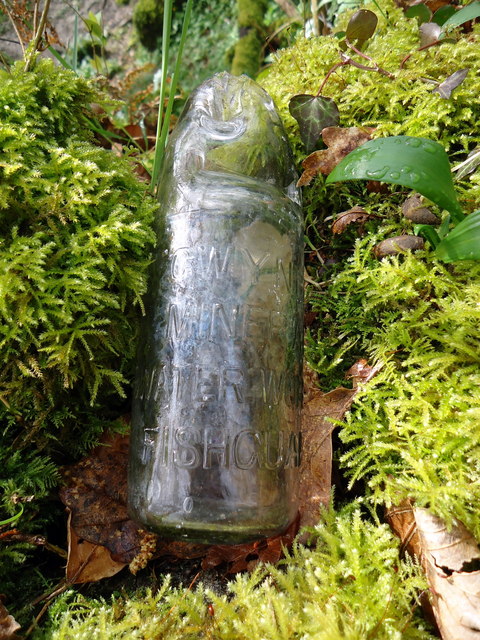
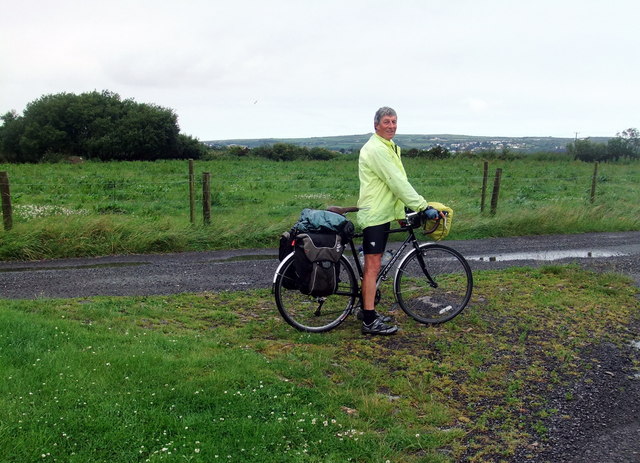

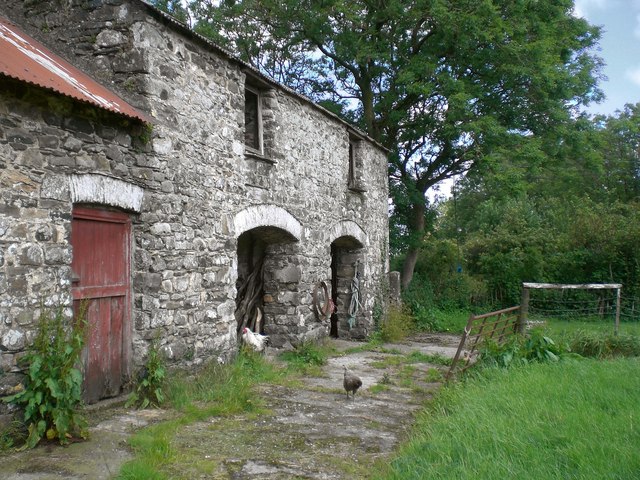

Pwell Edyn is located at Grid Ref: SM9637 (Lat: 52.000393, Lng: -4.9616442)
Unitary Authority: Pembrokeshire
Police Authority: Dyfed Powys
Also known as: Pwll Beti
What 3 Words
///steady.typically.cornering. Near Fishguard, Pembrokeshire
Nearby Locations
Related Wikis
River Gwaun
The River Gwaun (Welsh: Afon Gwaun, "Gwaun" meaning 'marsh, moor') is a river in Pembrokeshire, West Wales, which flows west to the sea at Fishguard (Welsh...
Fishguard Town Hall
Fishguard Town Hall (Welsh: Neuadd y Dref Abergwaun) is a municipal building in the Market Square, Fishguard, Pembrokeshire, Wales. The structure, which...
Battle of Fishguard
The Battle of Fishguard was a military invasion of Great Britain by Revolutionary France during the War of the First Coalition. The brief campaign, on...
Fishguard
Fishguard (Welsh: Abergwaun, meaning "Mouth of the River Gwaun") is a coastal town in Pembrokeshire, Wales, with a population of 3,400 (rounded to the...
Nearby Amenities
Located within 500m of 52.000393,-4.9616442Have you been to Pwell Edyn?
Leave your review of Pwell Edyn below (or comments, questions and feedback).
